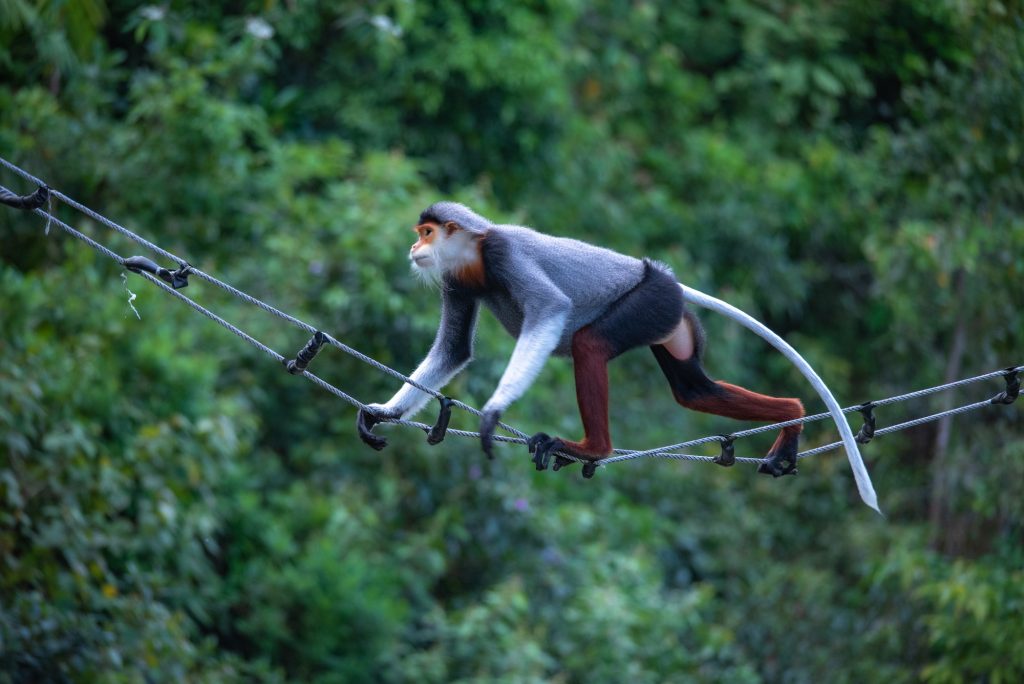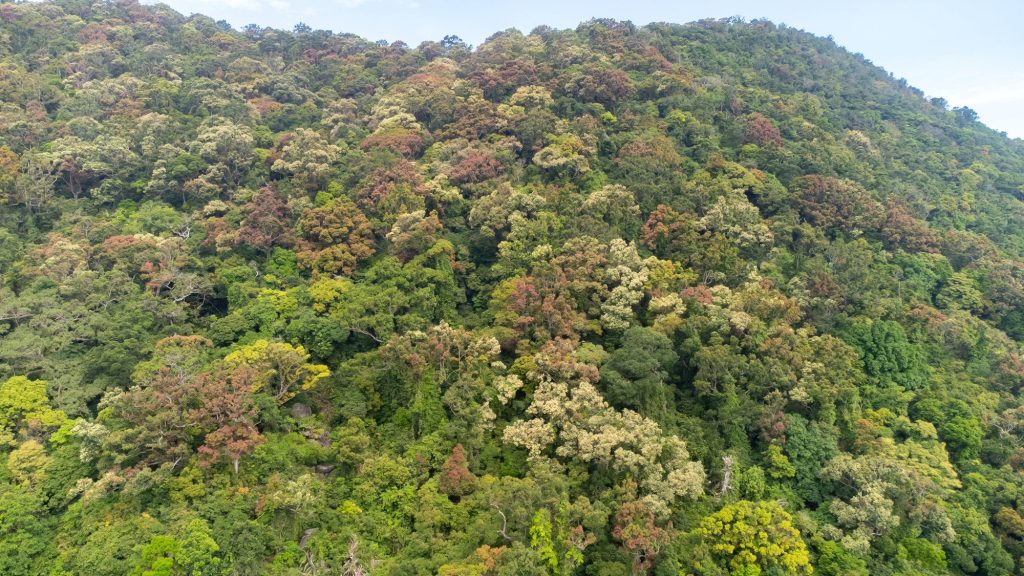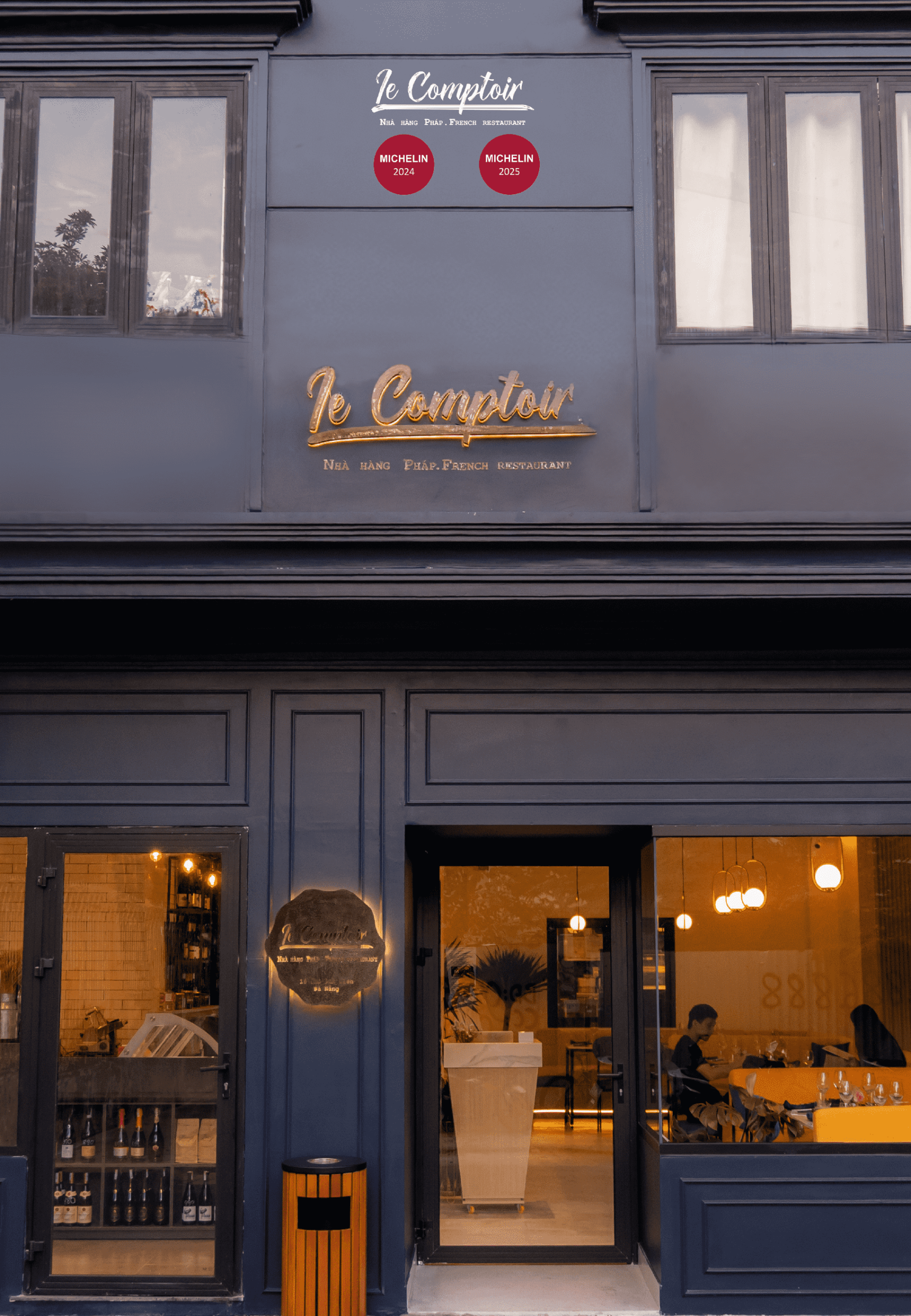As summer gently approaches, the Sơn Trà Peninsula in Đà Nẵng becomes a vision of romance, cloaked in the delicate purple hues of Thàn Mát flowers (scientific name: Millettia ichthyochtona). Visitors arriving in the city during this time are often captivated by the serene beauty of these blossoms, an emblem of loyalty and affection in Vietnamese culture.
Located just 10 kilometers from the heart of Đà Nẵng, the Sơn Trà Peninsula is widely regarded as the “green lung” of the city. Thanks to its unique ecosystem and topography, the landscape here transforms with each season. Among the most remarkable seasonal displays is the blooming of thàn mát flowers, which paint the forests in violet shades during April and May.




Known by various names such as mác bát, thăn mút, or duốc cá, the scientific name of this plant is Millettia ichthyochtona, belonging to the Fabaceae (pea) family. Despite their vibrant appearance, the thàn mát flowers bloom for only a brief period. As a result, this fleeting spectacle draws both tourists and photographers eager to capture the moment.
Thàn mát is a native species of the Sơn Trà Peninsula, and it has recently been successfully cultivated in urban areas. It holds great potential as a unique ornamental tree for parks and city streets, offering Đà Nẵng an opportunity to create a distinctive floral identity. Currently, these purple blossoms are found most densely in the Suối Ôm area, near Yết Kiêu Street and Tiên Sa Port.
Where Flowers Meet Wildlife: The Red-Shanked Douc Langur
Amidst the bloom of thàn mát, another natural wonder graces the forest canopy, the red-shanked douc langur, often referred to as the “Queen of Primates” of Indochina. These primates are not only a symbol of biodiversity but also fond consumers of thàn mát leaves, which form a vital part of their diet.
Sơn Trà Peninsula is home to the world’s largest natural population of red-shanked douc langurs, with an estimated 300 to 400 individuals. The best time to observe these rare creatures, along with the flowering trees, is during the early morning or late afternoon twilight, when both flora and fauna are most active.
Beyond thàn mát, Sơn Trà also boasts a vibrant palette of native blossoms. Visitors can admire the purple blooms of sim and mua flowers, the golden glow of lim xẹt, and the pure white petals of bìm bìm. Together, these colors weave a living canvas that brings to life the diverse, poetic beauty of Sơn Trà’s natural world.










